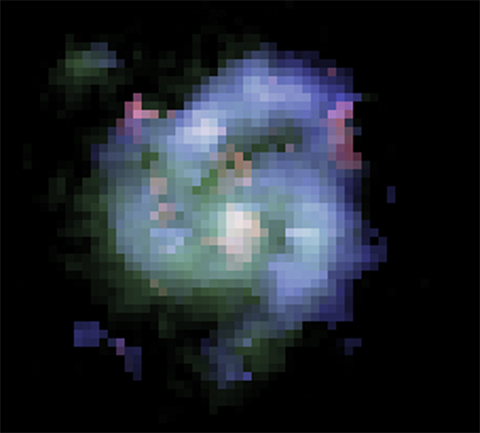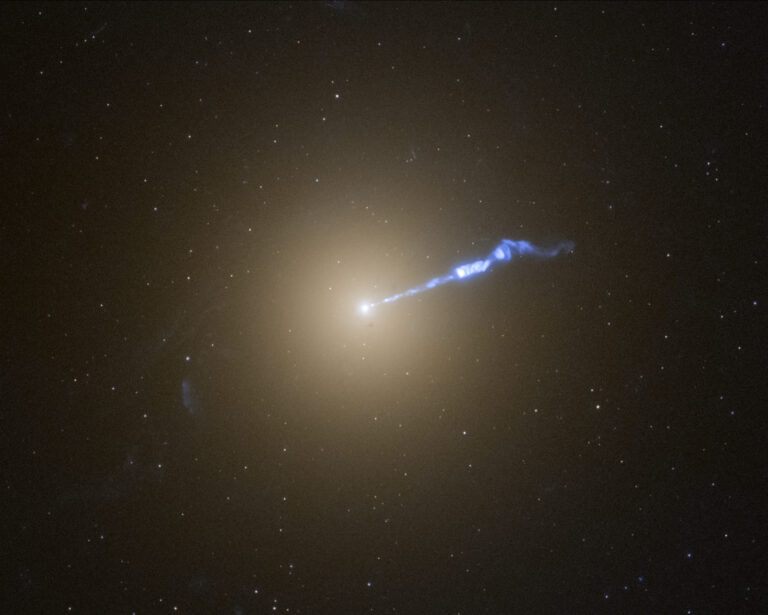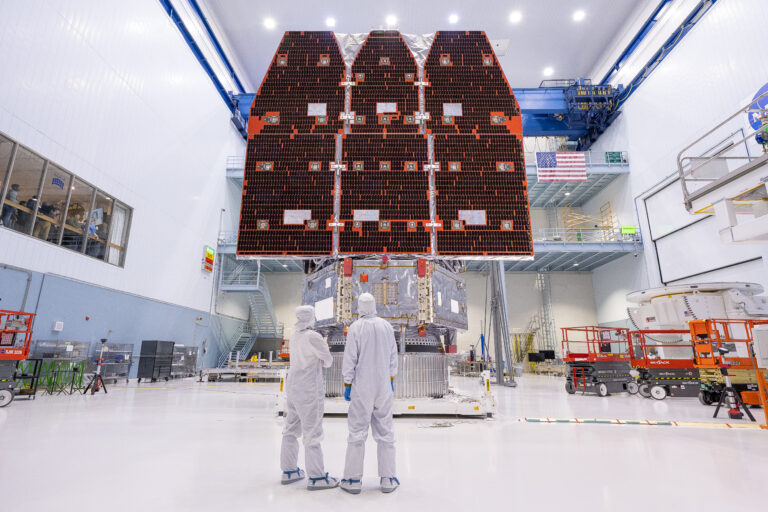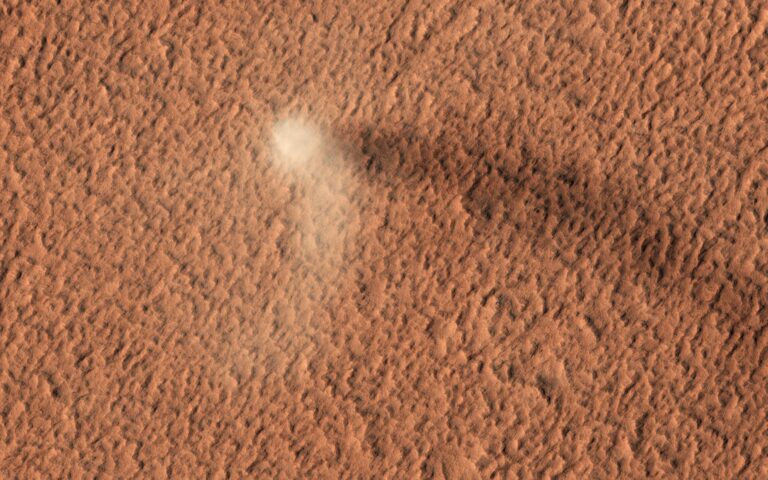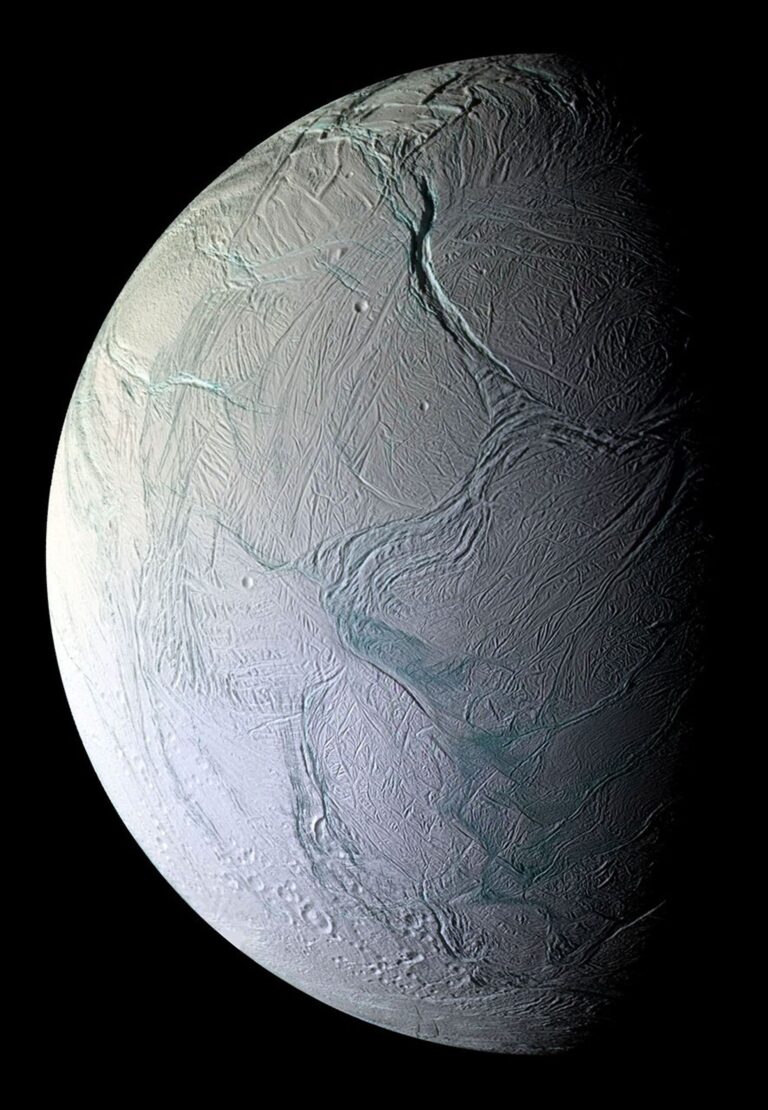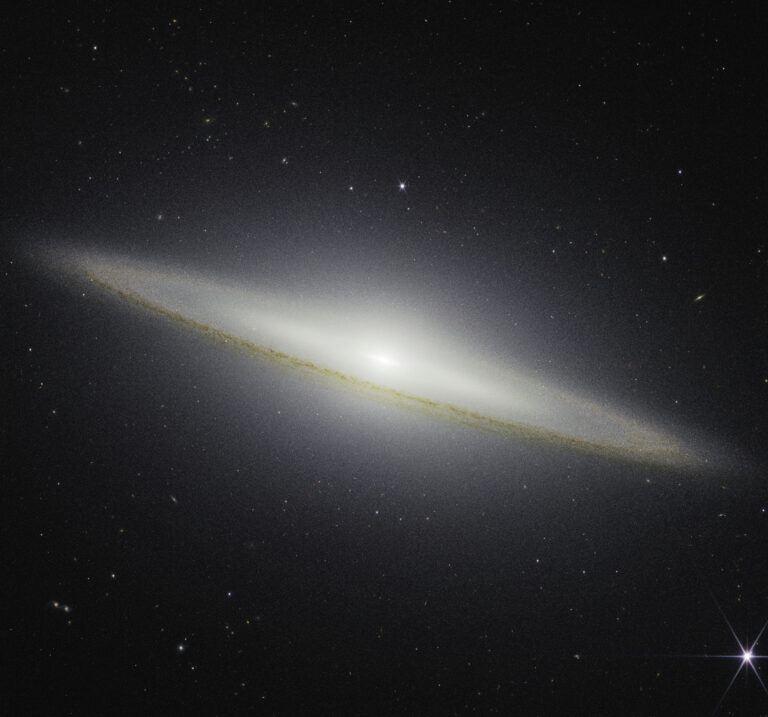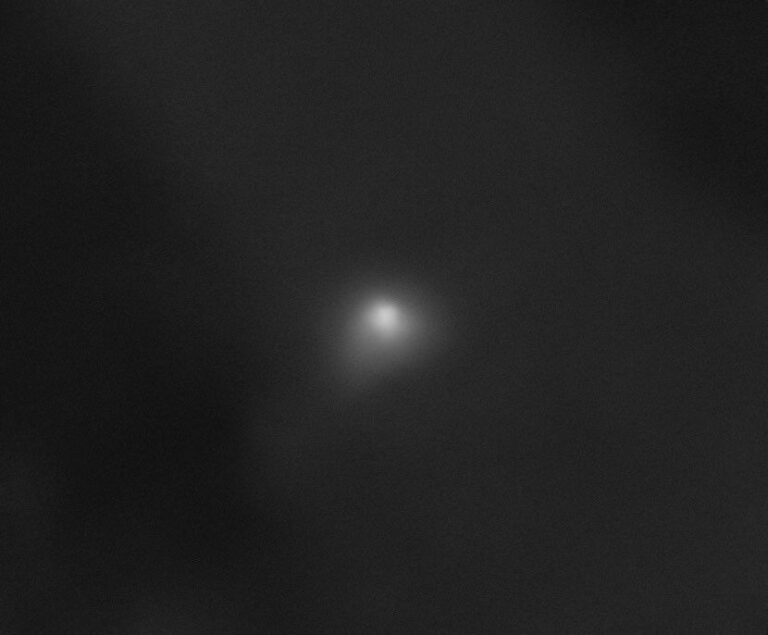Key Takeaways:
Unlike their cousin elliptical galaxies, which can look like homely blobs by comparison, spiral galaxies have spinning arms and bars filled with brilliant star formation. For over 50 years, scientists have been debating how spiral galaxies are formed, and if they can maintain their figures over the long term.
With the new data, the title of earliest spiral galaxy now goes to A1689B11, which, after galaxy Q2343-BX442, is only the second spiral galaxy to be found within the first 3.3 billion years of the universe’s life.
At 2.5 billion years, the universe seems to have been mostly filled with clumpy and irregular galaxies, but just one billion years later, spiral galaxies are commonly found. Today over 70 percent of galaxies have spiral arms. Scientists are debating whether this age boundary is an effect of observing limits, or the result of a physical mechanism in the early universe.
The galaxy, in addition to its record-breaking status, has a peculiar mash-up of characteristics. It’s a prodigious star former, creating new stars at a rate 20 times higher than galaxies today — a characteristic common to many early galaxies — but it also has a cool, thin disk with little turbulence — something seen rarely in galaxies of that epoch.
“This is just one galaxy — it could be an outlier. Once we have more, we’ll know if it’s common or special,” says Tiantian Yuan, lead author on the study and astronomer at Swinburne University of Technology in Melbourne, Australia. “We need to look into the early universe to see if there are sufficient conditions to form arms.”
This theory applies to galaxies with cool, thin disks. Density wave theory requires something — like a supernova — to disturb the order in a galaxy’s rotating disk and create pockets of higher density. As stars pass through the denser areas in their orbit around the galaxy, they are temporarily slowed down and form the spiral arms.
While the density wave theory can explain spiral arm formation well in cool, thin disk galaxies, a different formation mechanism is at work in hotter, thick disks. In those galaxies, arms can form by a process known as swing amplification, where denser areas sweep up material. This method creates spiral galaxies that are shorter lived than their density wave-induced counterparts.
A1689B11 was only observable because it is gravitationally lensed — an effect whereby a large cluster of galaxies acts as a natural telescope, bending the light of galaxies behind them to make them appear larger from our viewpoint on Earth. This trick allowed the scientist to get an unusually crisp look at the distant galaxy and allow them to determine its spiral structure. Scientists think after the launch of the James Webb Space Telescope, which is over twice as large as the Hubble Space Telescope, there will be a boom of spiral galaxy discoveries in the early universe. “Yes, a galaxy like this is rare,” Yuan notes, “But we’ll definitely find more.”

